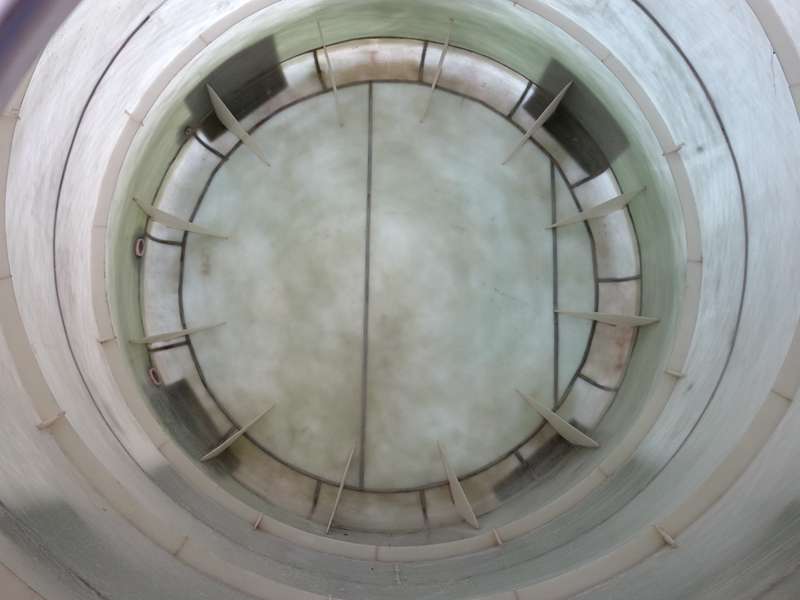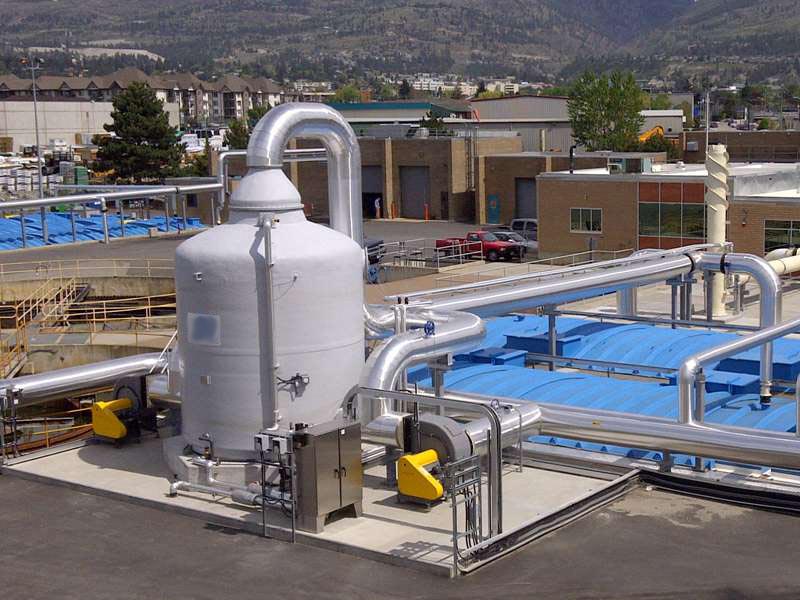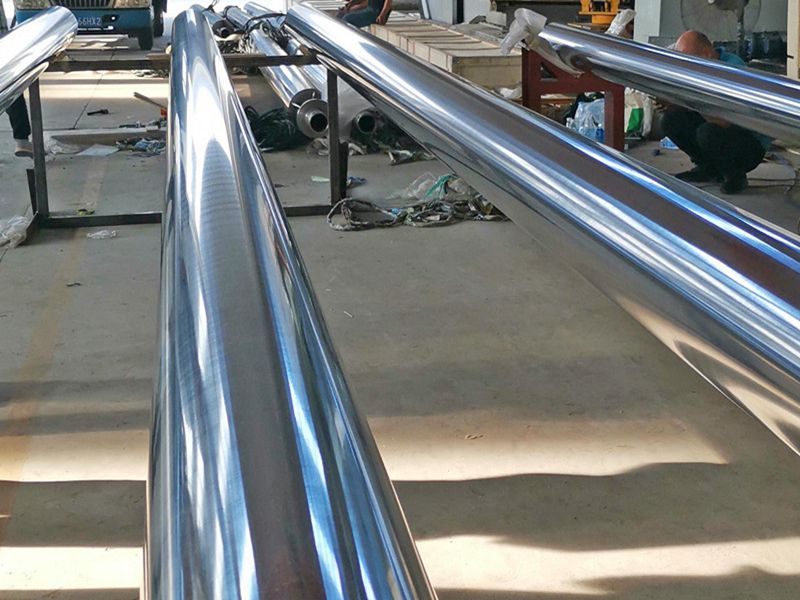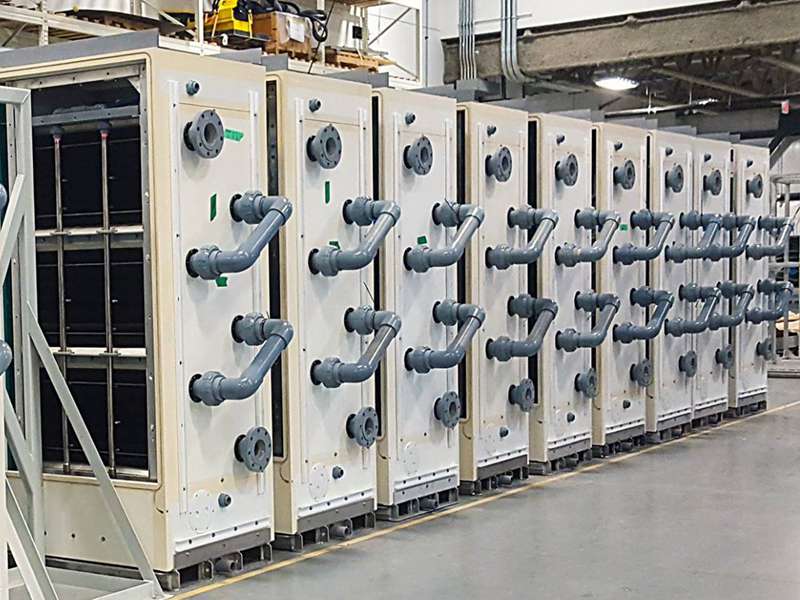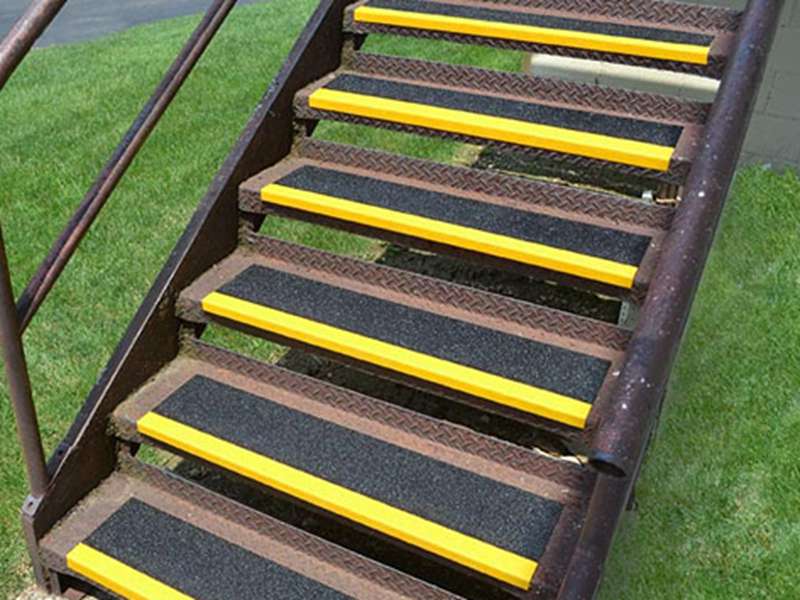
-
 Afrikaans
Afrikaans -
 Albanian
Albanian -
 Amharic
Amharic -
 Arabic
Arabic -
 Armenian
Armenian -
 Azerbaijani
Azerbaijani -
 Basque
Basque -
 Belarusian
Belarusian -
 Bengali
Bengali -
 Bosnian
Bosnian -
 Bulgarian
Bulgarian -
 Catalan
Catalan -
 Cebuano
Cebuano -
 China
China -
 China (Taiwan)
China (Taiwan) -
 Corsican
Corsican -
 Croatian
Croatian -
 Czech
Czech -
 Danish
Danish -
 Dutch
Dutch -
 English
English -
 Esperanto
Esperanto -
 Estonian
Estonian -
 Finnish
Finnish -
 French
French -
 Frisian
Frisian -
 Galician
Galician -
 Georgian
Georgian -
 German
German -
 Greek
Greek -
 Gujarati
Gujarati -
 Haitian Creole
Haitian Creole -
 hausa
hausa -
 hawaiian
hawaiian -
 Hebrew
Hebrew -
 Hindi
Hindi -
 Miao
Miao -
 Hungarian
Hungarian -
 Icelandic
Icelandic -
 igbo
igbo -
 Indonesian
Indonesian -
 irish
irish -
 Italian
Italian -
 Japanese
Japanese -
 Javanese
Javanese -
 Kannada
Kannada -
 kazakh
kazakh -
 Khmer
Khmer -
 Rwandese
Rwandese -
 Korean
Korean -
 Kurdish
Kurdish -
 Kyrgyz
Kyrgyz -
 Lao
Lao -
 Latin
Latin -
 Latvian
Latvian -
 Lithuanian
Lithuanian -
 Luxembourgish
Luxembourgish -
 Macedonian
Macedonian -
 Malgashi
Malgashi -
 Malay
Malay -
 Malayalam
Malayalam -
 Maltese
Maltese -
 Maori
Maori -
 Marathi
Marathi -
 Mongolian
Mongolian -
 Myanmar
Myanmar -
 Nepali
Nepali -
 Norwegian
Norwegian -
 Norwegian
Norwegian -
 Occitan
Occitan -
 Pashto
Pashto -
 Persian
Persian -
 Polish
Polish -
 Portuguese
Portuguese -
 Punjabi
Punjabi -
 Romanian
Romanian -
 Russian
Russian -
 Samoan
Samoan -
 Scottish Gaelic
Scottish Gaelic -
 Serbian
Serbian -
 Sesotho
Sesotho -
 Shona
Shona -
 Sindhi
Sindhi -
 Sinhala
Sinhala -
 Slovak
Slovak -
 Slovenian
Slovenian -
 Somali
Somali -
 Spanish
Spanish -
 Sundanese
Sundanese -
 Swahili
Swahili -
 Swedish
Swedish -
 Tagalog
Tagalog -
 Tajik
Tajik -
 Tamil
Tamil -
 Tatar
Tatar -
 Telugu
Telugu -
 Thai
Thai -
 Turkish
Turkish -
 Turkmen
Turkmen -
 Ukrainian
Ukrainian -
 Urdu
Urdu -
 Uighur
Uighur -
 Uzbek
Uzbek -
 Vietnamese
Vietnamese -
 Welsh
Welsh -
 Bantu
Bantu -
 Yiddish
Yiddish -
 Yoruba
Yoruba -
 Zulu
Zulu
grp fitting
Understanding GRP Fitting A Key Process in Composite Material Engineering
In recent years, the demand for advanced materials in various industries has driven the development of new manufacturing processes. One notable process is GRP fitting, which stands for Glass Reinforced Plastic fitting. This technology is at the forefront of composite material engineering, combining the strengths of glass fibers and plastic resins to create durable and versatile products.
GRP fittings are extensively used in sectors such as construction, automotive, and aerospace due to their lightweight nature and high strength-to-weight ratio. The process of creating GRP fittings involves the careful integration of glass fibers into a thermosetting resin, resulting in a composite material that exhibits excellent mechanical properties, corrosion resistance, and thermal stability.
The GRP Fitting Process
The GRP fitting process typically involves several key stages design, material selection, molding, and finishing. Firstly, the design phase is crucial, as it sets the foundation for the dimensions and structural integrity of the fitting. Advanced computer-aided design (CAD) software is commonly employed to create precise models that account for the specific application requirements.
In the material selection phase, engineers choose the appropriate type of glass fiber and resin. Continuous glass fibers are often preferred for their superior strength, while the resin is selected based on the desired properties such as curing time and temperature resistance. The right combination of materials is essential for optimizing performance and durability.
grp fitting
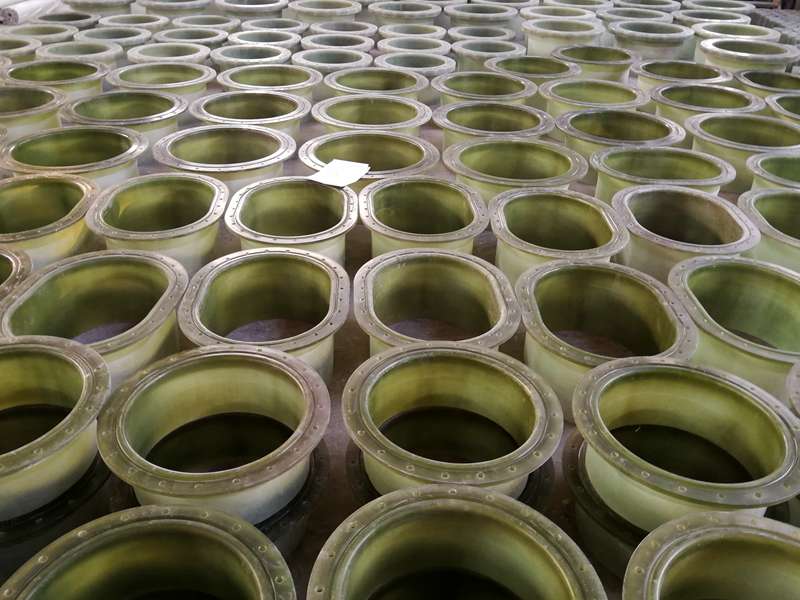
Molding is the next step, where the glass fibers are arranged in a mold and impregnated with resin. There are various molding techniques available, including hand lay-up, pultrusion, and filament winding, each with its own advantages depending on the complexity and volume of the fitting needed. The choice of molding technique plays a crucial role in determining the final characteristics of the GRP fitting.
Applications of GRP Fittings
GRP fittings are incredibly versatile and can be found in numerous applications. In construction, they are used for pipes, ducts, and structural components, where their resistance to environmental factors is highly valued. In the automobile industry, GRP fittings are employed to reduce weight and improve fuel efficiency while maintaining strong structural integrity. Aerospace applications benefit from GRP due to its ability to withstand extreme conditions while being lightweight.
Conclusion
In summary, GRP fitting is a sophisticated process that has revolutionized the way we approach composite materials. Its ability to combine strength, lightness, and resistance to various environmental influences makes it an indispensable technology in modern engineering. As industries continue to evolve and demand higher performance materials, GRP fittings are poised to play a crucial role in the future of manufacturing. With ongoing advancements in material science and processing techniques, the potential for GRP fittings will only expand, paving the way for innovative applications that can enhance efficiency, sustainability, and performance across diverse sectors.
Latest news
-
High-Quality Fiberglass Car Bodies Durable GRP Car & Boat Body SolutionsNewsJul.08,2025
-
High-Quality Fiberglass Dual Lamination Product Manufacturer Durable FRP & GRP Dual Lamination SolutionsNewsJul.08,2025
-
Rectangular Tank with Dimensions for GRP Calculation Custom Fiberglass GRP Rectangular TanksNewsJul.07,2025
-
High-Quality Fiberglass Weir Custom FRP Weir & Fiberglass Tanks ManufacturerNewsJul.07,2025
-
CPVC FRP Pipe A Reliable Choice for Industrial Applications High Strength & Corrosion ResistanceNewsJul.07,2025
-
Fiberglass Scrubber for Effective Cleaning and Stain Removal – Superior Performance in Various ApplicationsNewsJul.06,2025


